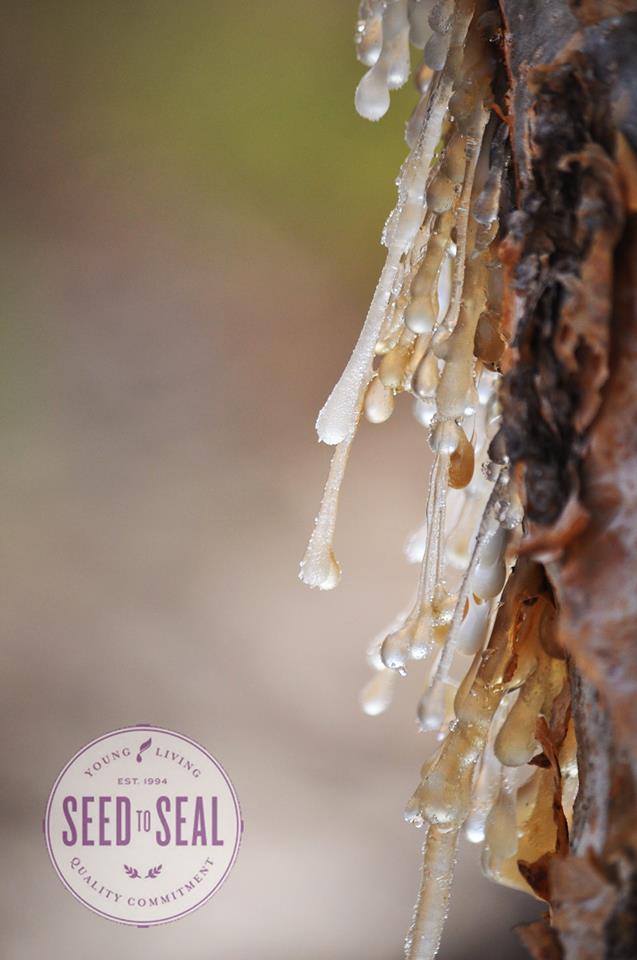
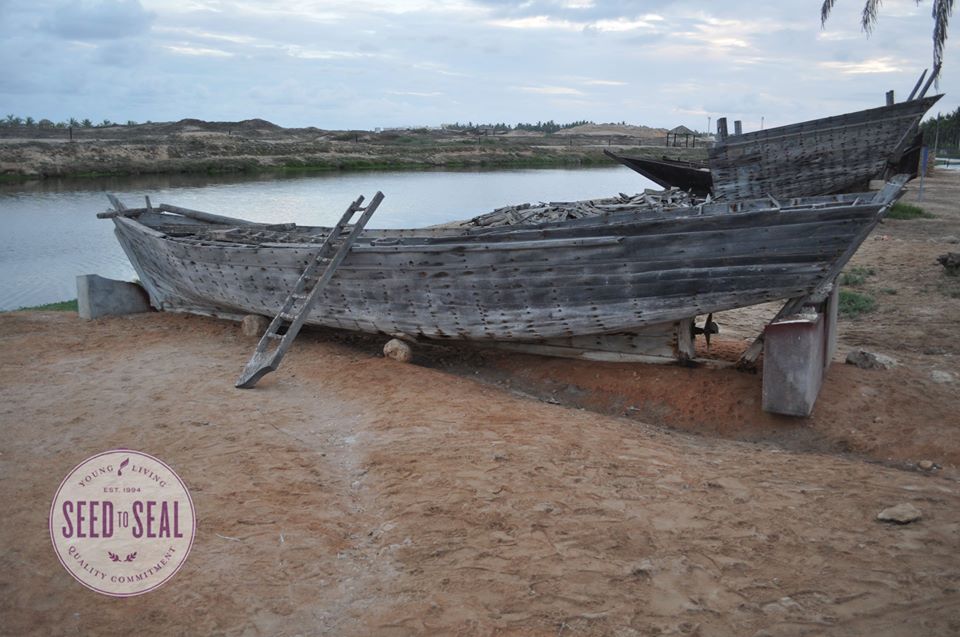
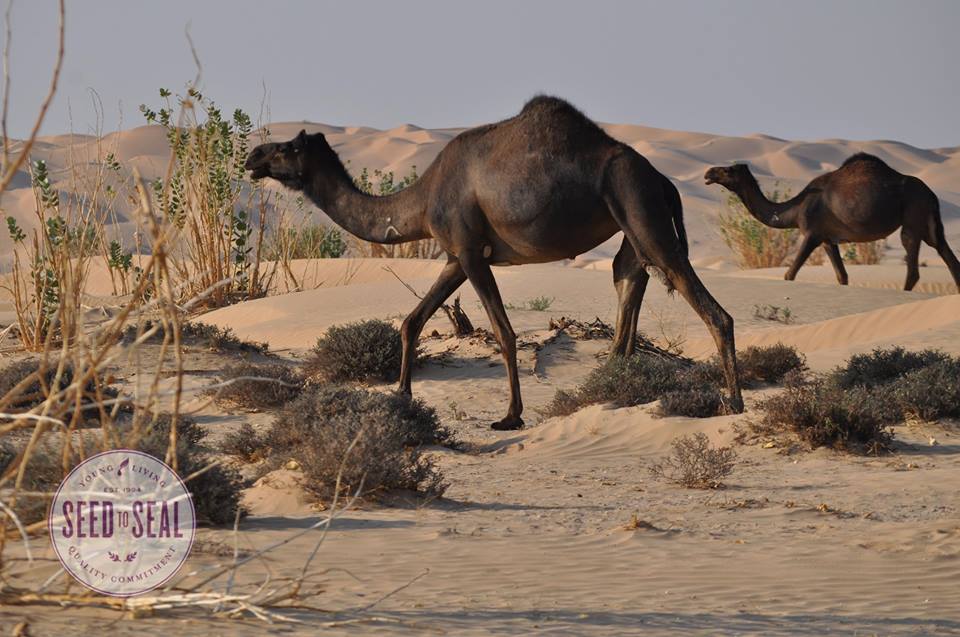
The Frankincense Trail – The Source and Destinations
Why Frankincense Resin?
The world was in love with frankincense resin from before 3000 BCE to present – 5000 years of frankincense trade. Greeks burned frankincense resin in their temples to their gods. Egyptians used frankincense resin to entomb their pharaohs. Babylonian kings burned frankincense resin in their palaces. Romans burned frankincense resin in the emperor’s palaces. Judeans burned frankincense resin during their sacrificial offerings in the temple. Frankincense resin was used in ancient ceremonies, worship, and funerals from England to China.
The Frankincense Trail was the overland camel caravan trade route from Salalah, Oman to Gaza, Israel. This was the main Frankincense Trail that can be documented. The route is approximately 2,400km long with caravan stops every 30-35km (the distance a large camel caravan can travel in 1 day). Between 56-70 caravan stops have been documented passing through Oman, Yemen, Saudi Arabia, Jordan and Israel.
There were other overland Frankincense Trails and side-trails that distributed frankincense resin to Egypt, Mesopotamia, Syria, Babylonia, Northern Arabia, and Persia. Sometimes bags of frankincense resin were transported to India and China over the Silk Road that linked the Mediterranean kingdoms with China.
Follow me as I take you from the source of sacred frankincense resin in Oman through deserts and dry wadis of Yemen, passed ancients cities and caravan stops in high mountains of Yemen and Saudi Arabia, then through the chiseled rock kingdom of the Nabataeans in Saudi Arabia and Jordan, finally finishing our trek at Nabataean caravan stops in the Negev desert of Israel.
Source: Dr Cole Woolley PhD, July 9, 2015

The Frankincense Trail was a series of camel caravan trails. The major Frankincense Trail started in Zufar (presently called Dhofar) heading west through present day Yemen, then headed northwest paralleling the Red Sea in present day Saudi Arabia and Jordan, with a major stop at the fabled city of Petra (in present-day Jordan). Image source
The Frankincense Trail – Oman
The single species of frankincense trees that grow in the hillsides and dry river beds (wadi) of southwest Oman (Dhofar) and northeast Yemen (Haudramut) is known as Boswellia sacra, (“sacra” meaning “sacred”). The origin of the sacred frankincense name was likely derived from the sacred ceremonial uses of the resins from this region. The highest quality frankincense resin was sourced from the Dhofar Mountain Range surrounding Salalah, Oman.
The first major caravan stop along the Frankincense Trail was at the last drinking water source on the edge of the Empty Quarter – Ubar. The “lost city of Ubar” is known locally as Shisur or Shisr and lies north of the Dhofar Mountains. All frankincense resin-bearing camel caravans from Dhofar stopped at Ubar for water and rest.
Ubar was a fabulously wealthy city situated on the last fresh water source for caravans heading north through the Empty Quarter sand dunes of Oman and Saudi Arabia. That must have been expensive water!
The city of Ubar eventual sank into the sinkhole cavern that the city was built over. When I’ve visited Shisr (Ubar ruins) I’m still amazed at the number of alfalfa fields that are being watered with large, modern-day circular central pivot sprinkler systems. There is still lots of well water pumped to the surface to irrigate the desert. I’ve seen daily truck shipments making the 4 hour drive to the Salalah plains carrying bales of harvested alfalfa to feed the horses and cattle.
From Ubar the Frankincense Trail headed west-southwest through deserts highlands, stopping for the evening at a drinking hole in one the larger wadis. The level deserts and dry wadis are easier on camel caravans as they head west into Yemen. I’ve traveled the coastal road connecting Salalah to Yemen that can only be described as “climbing one mountain, decending down the other side, then repeating it over and over again. The high mountain ranges and deep wadi canyons close to the ocean is treacherous even with modern cars and trucks.
Just think like a camel caravan commander. The dry wadi canyons are just like roads. They created signs by gathering rocks to mark the best passage through the branching labyrinth of dry wadi canyons. Once the Trail was established the path through the rocky deserts was easy to follow. Once a camel has learned the route it is easy for him to find it on his own. Start as Shisr and head west and south-west toward Shabwah in present-day Yemen. There are still undiscovered caravan stops and watering holes along this route for an adventurous traveler.
Source: Dr Cole Woolley PhD, July 3, 2015
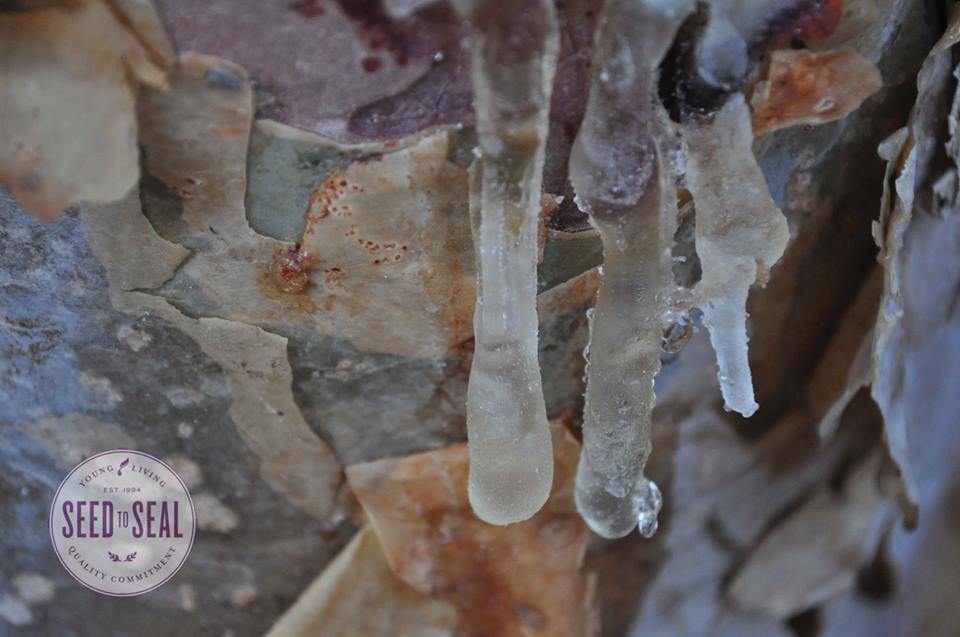
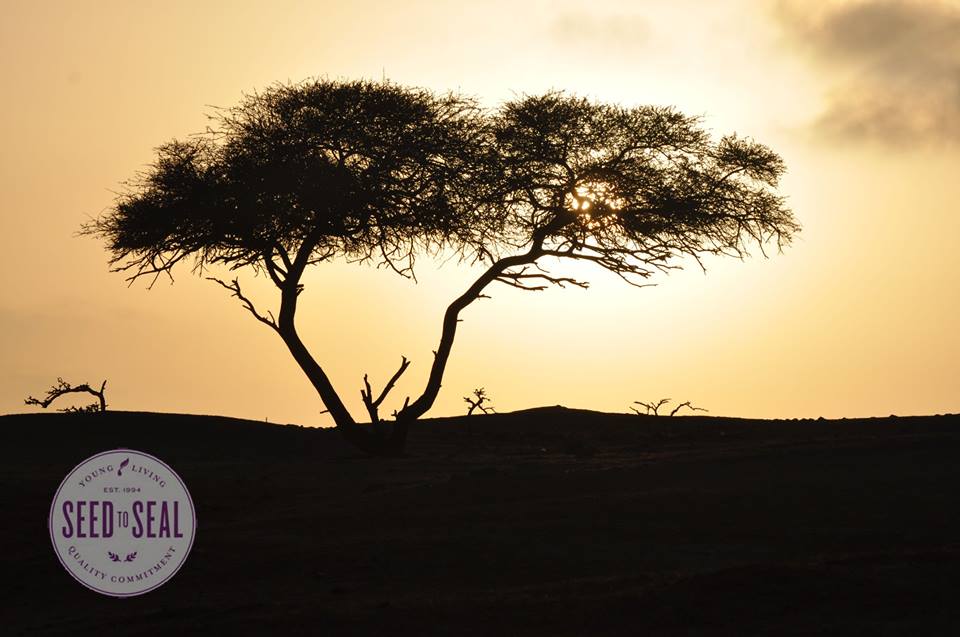
The Frankincense Trail – Yemen and Saudi Arabia
Yemen
The Frankincense Trail enters present-day Yemen in the mountain desert region. The ground is hard-packed pebbles and dirt. The land is generally flat, but at times a dry wadi must be crossed. Some of these dry wadis are 1-2 miles wide. It is hard for me to image that thousands of years ago there was greater rainfall from the heavy monsoons at the coastal mountains that carved such wide rivers and formed enormous inland lakes and marshes where today there are only miles and miles of sand dunes.
The camels were able to go a few days without water while carrying heavy burdens of frankincense resin. But eventually they needed food, water and rest. The camel caravans eventually dropped into the dry wadi tributary system that feeds the massive Wadi Hadramut that anciently emptied its runoff waters into a lake in central Yemen. Wadi Hadramut has another “half” called Wadi Masilah that runs south carving out a deep canyon on the way to the Arabian Sea. There are many large sacred frankincense trees (Boswellia sacra) that grow in Wadis Hadramut and Masilah. The tribal frankincense resin keepers who have lived in this region are known as the Mahra. They are brother tribesman to the Shahra of Oman.
Camels carrying the sacred frankincense resin harvested in the Hadramut region joined the camel caravan from Dhofar. There is safety in numbers. In the past the Hadramut may have provided the highest quantity of sacred frankincense resin, but the resin from the Dhofar region was known as the highest quality and aroma.
The Frankincense Trail eventually led to western Yemen towns and caravansaries of Kidmet Enrob (wadi Minar), Ghaydah al Kabir, Shabwah, Timna, Ma’rib. From the ancient Yemeni city of Timna, the Frankincense Trail turned northwest in the mountain desert of the Arabian Peninsula. I hope someday to be able to safely travel these ancient cities of the Frankincense Trail in Yemen.
Saudi Arabia
The Frankincense Trail stayed east of the Asir Mountain Range and the Hijaz Mountain Range paralleling the Red Sea coast in present-day Saudi Arabia. Towns and caravansary stops in Saudi Arabia included Najran, Tathlith, Bishah, Turbah, Yathrib (Medina), Hegra (Mada’in Salih), and Tabuk.
Hegra (Mada’in Salih) is the southern edge of the Nabataean Kingdom. Hegra has many dwellings carved from sandstone mountains. The Romans eventually “conquered and controlled” the Nabataean cities and frankincense trade routes from here to the Mediterranean port of Gaza in Israel.
Source: Dr Cole Woolley PhD, July 9, 2015
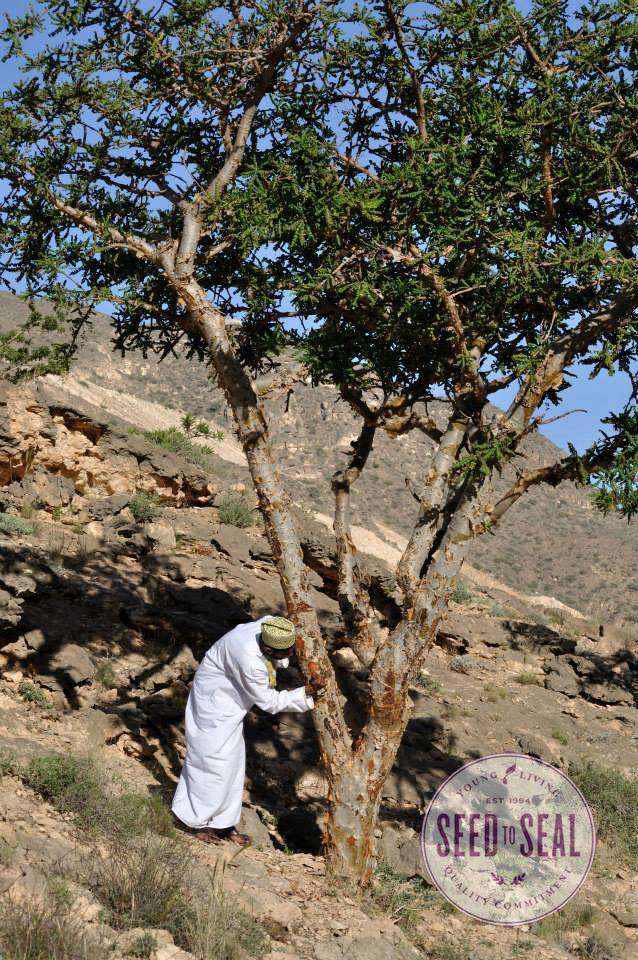
Harvesting Frankincense Resin. Image Source
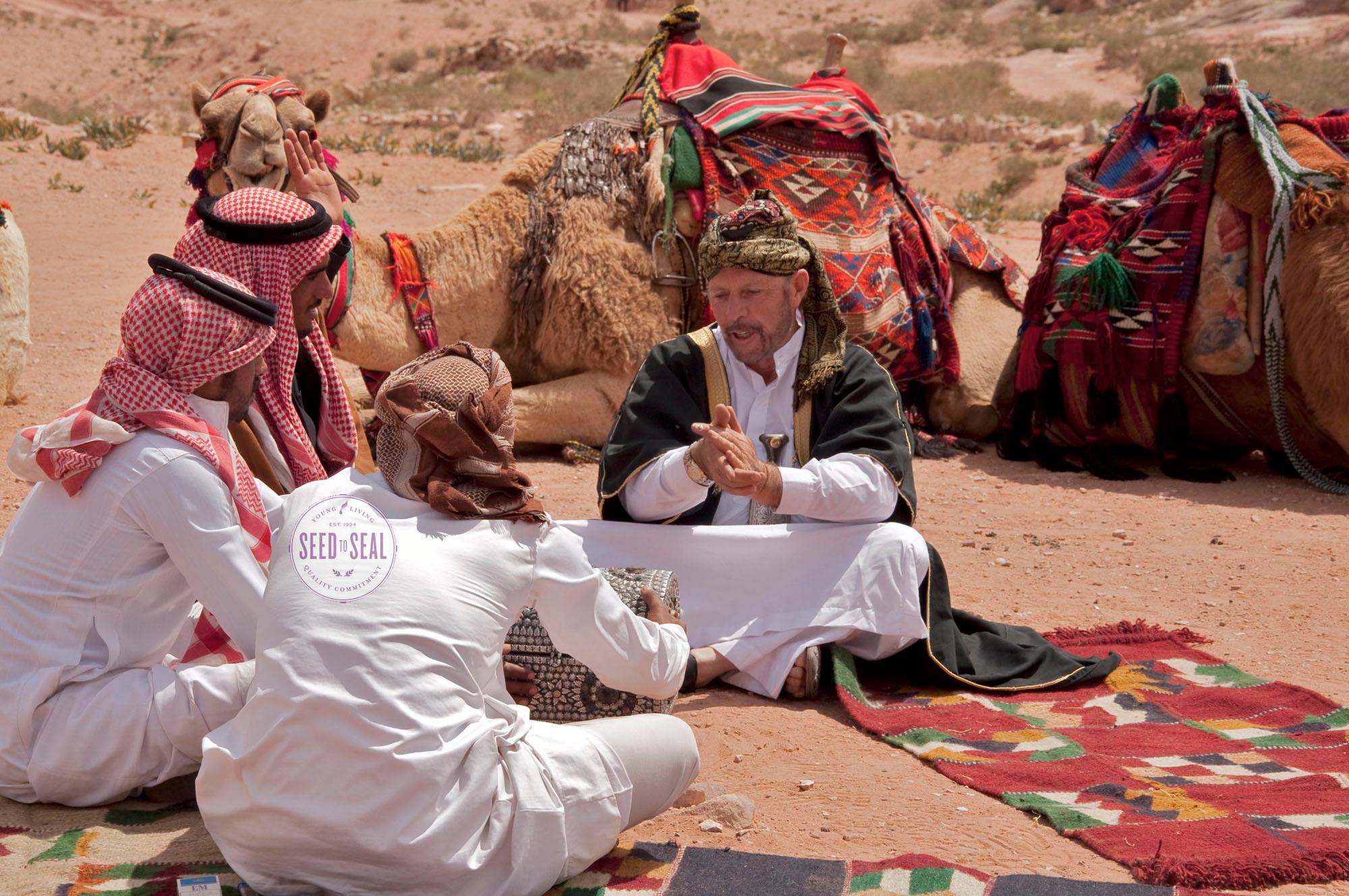
Gary Young recreating a trade among Bedouins along the Frankincense Trail. Image Source
For the past 5,000 years people who have been harvesting and collecting the Boswellia sacra gum/resins traded with the wealthy kings, queens, and rulers of Egypt, Judea, India and Mesopotamia.
Donkey caravans carried the first loads of resins to far off countries. Camels eventually replaced the donkeys with their ability to travel longer distances and carry heavier loads.
Omani-built ships and eventually were added to assist in transporting Sacred Frankincense gum/resins to the east, west, and south.
When I was out in the mountains and deserts close to Salalah I saw many historical signs of this wealthy frankincense past – a noble, industrious people.
I’ll share some of these historical ruins and locations with you.
Source: Dr Cole Woolley PhD, February 3, 2015
Historical places related to the 5000 year old trade of Sacred Frankincense resin gums from Oman to China, India, Persia, Mesopotamia, Yemen, Egypt, Judea, Syria, Greece, and Rome.
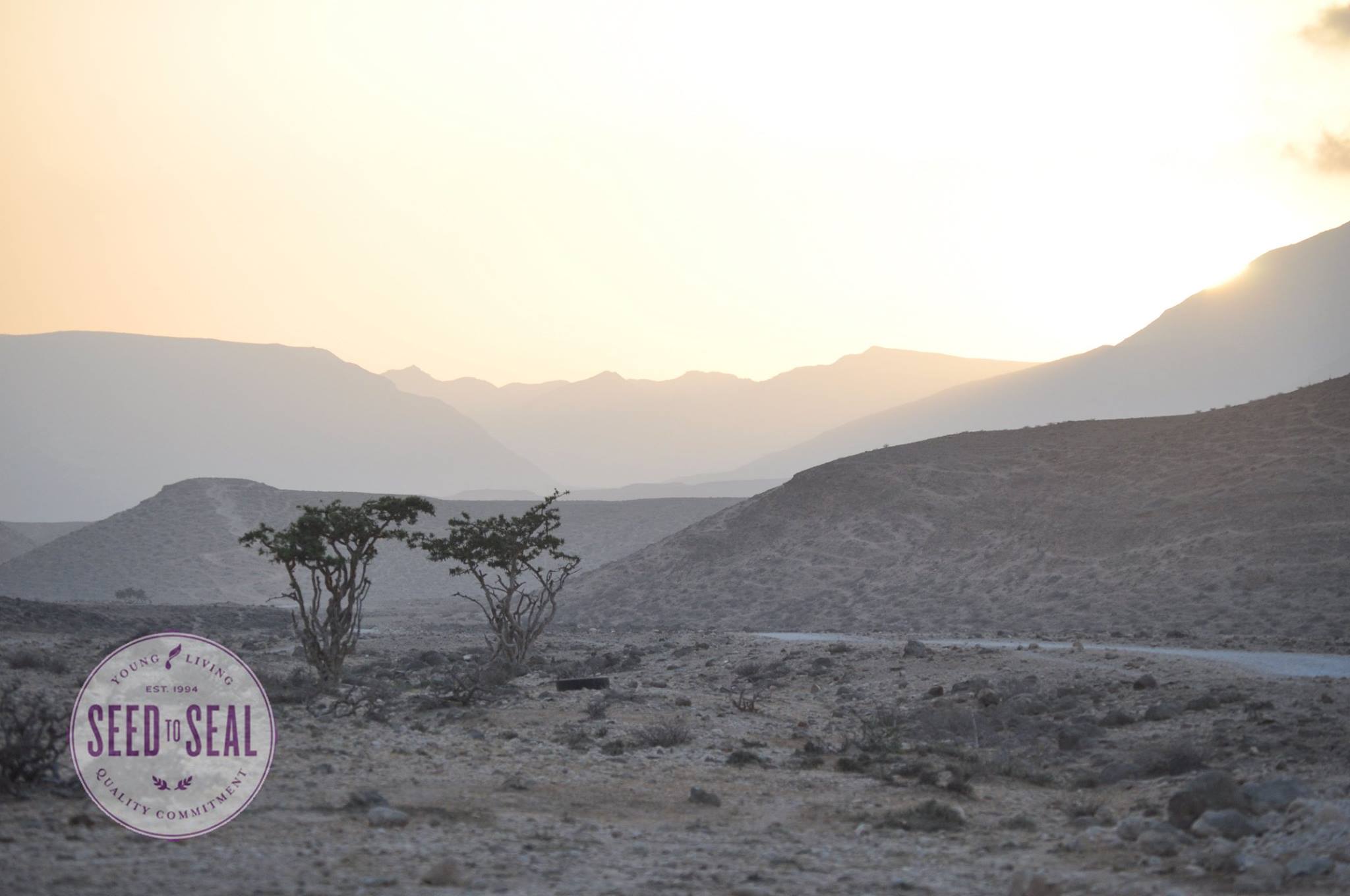
Driving to Al-Balid. Image Source
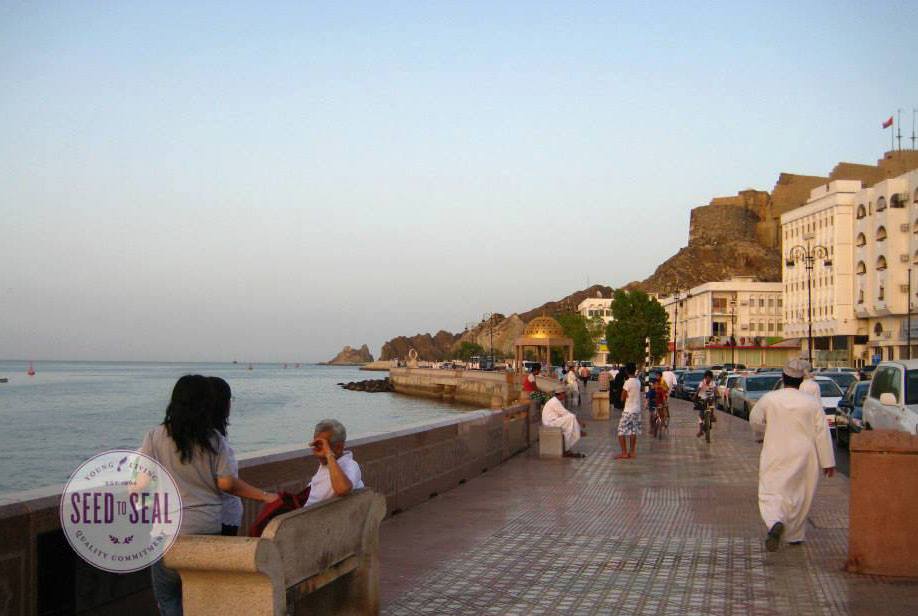
Plaza by the sea in Al-Balid. Image Source
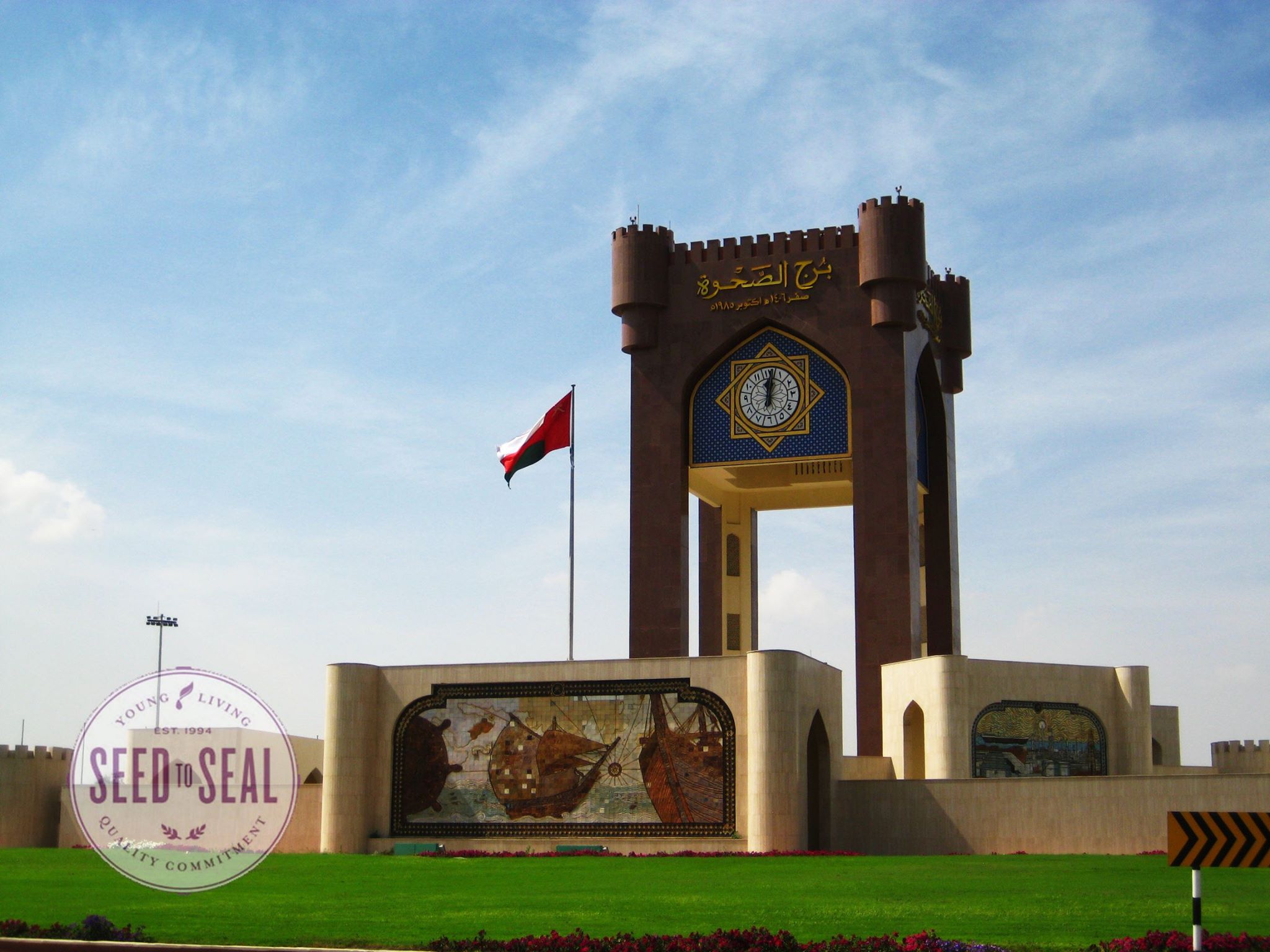
Maritme Museum in Al-Balid, Salalah, Oman. Image Source
Al-Balid
This is the semi-ancient inlet port located adjacent to present day Salalah. Al-Balid was established about AD 1000 and survived until about AD 1500.
Al-Balid also has a great Maritime Museum and Historical Museum. The museums are a great place to start. Then walk out to the 80 acre city of carved limestone rocks that are still mostly unexcavated.
You can get a ride around on a golf cart if you wish. When you park you will see a garden of over 50 Sacred Frankincense trees. You may see them in bloom.
You can also see some ancient Omani ships. This was a Sacred Frankincense resin trading port. You can go there in the cool of night where many of the excavated buildings are lit up. This is a great first stop. Entry fee is only 2 Rials ($5) per car.
Source: Dr Cole Woolley PhD, February 3, 2015
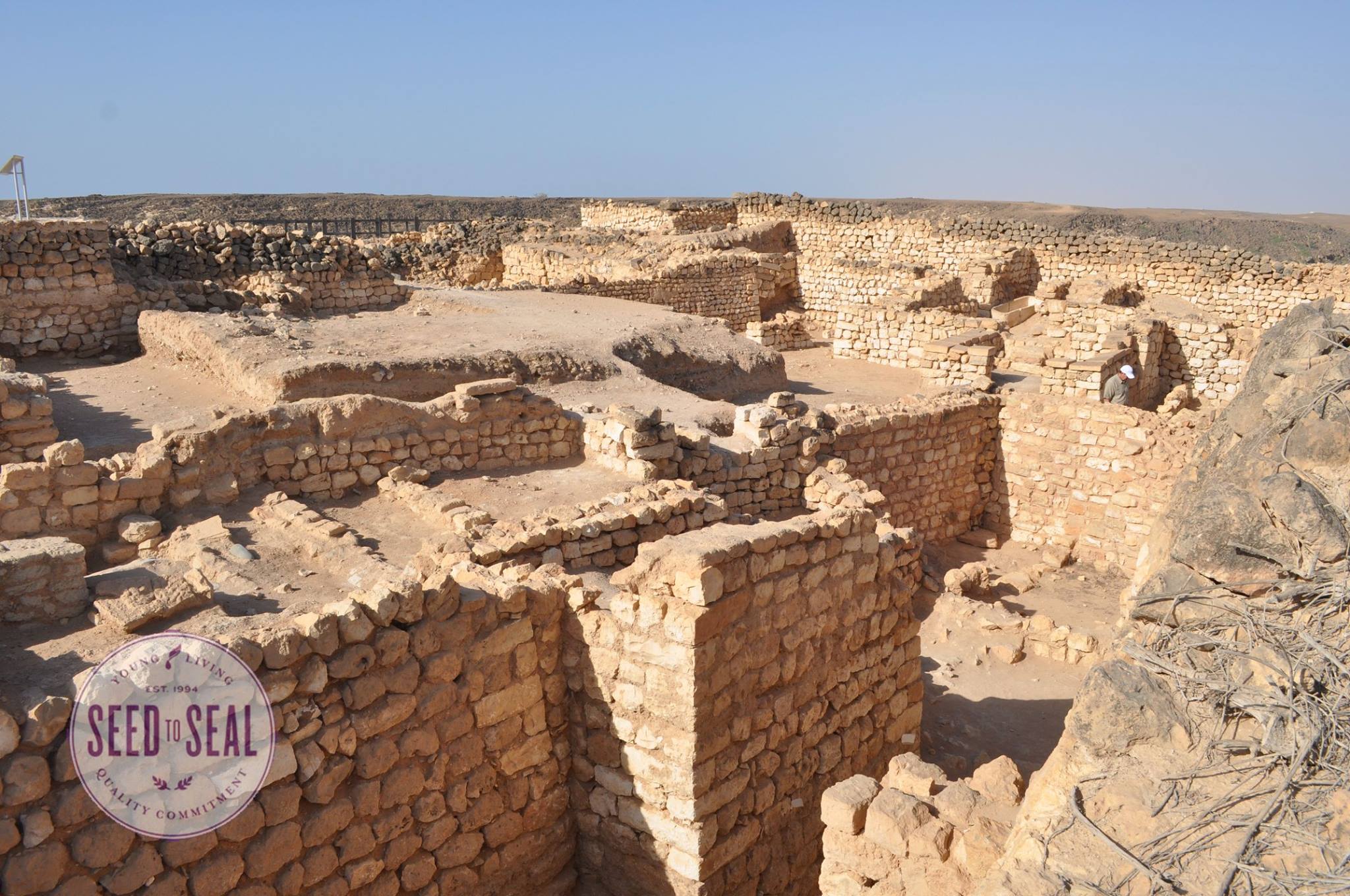
World Frankincense Heritage Site north of Salalah, Oman. Image Source
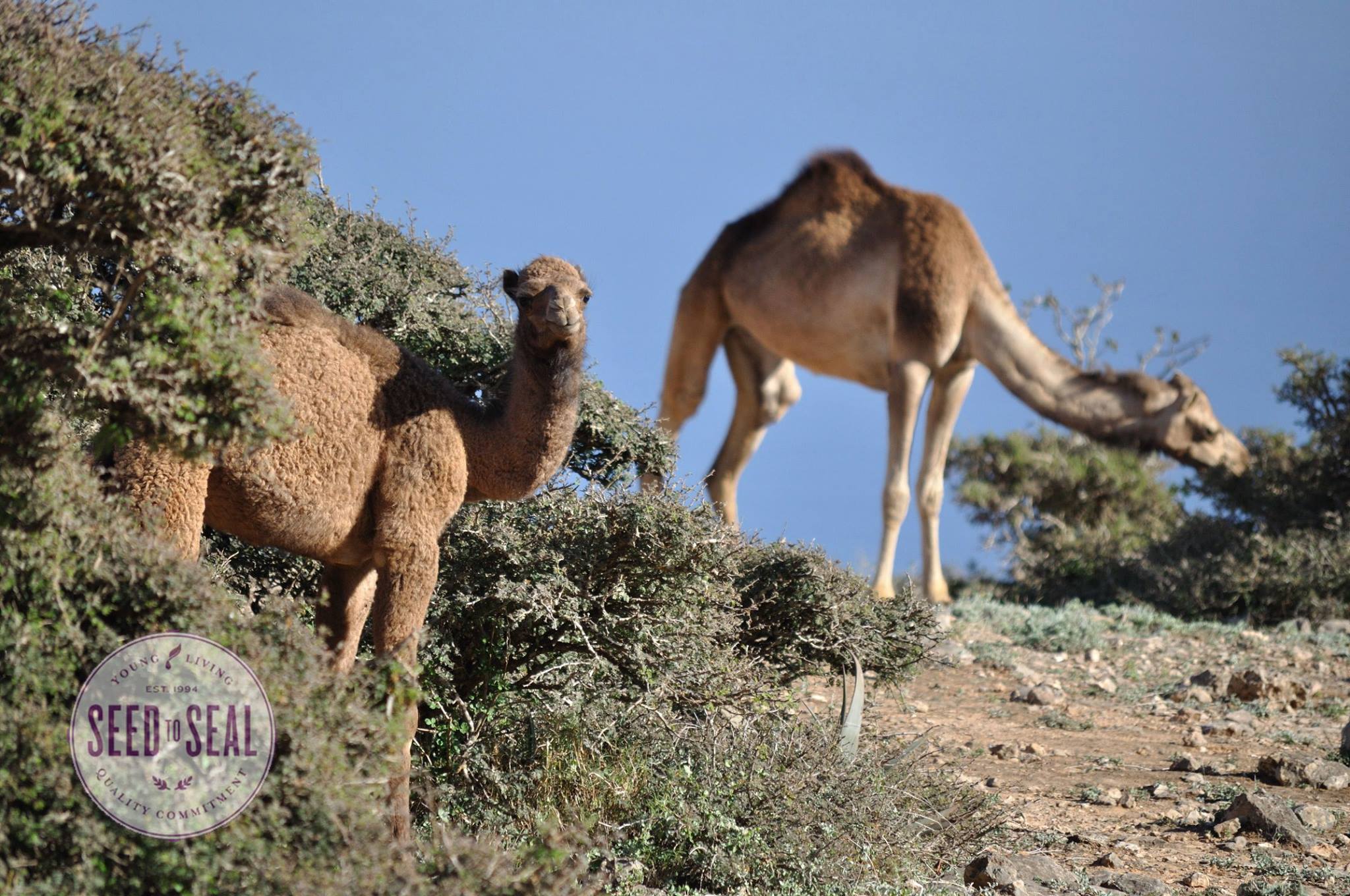
Camels at the World Frankincense Heritage Site. Image Source
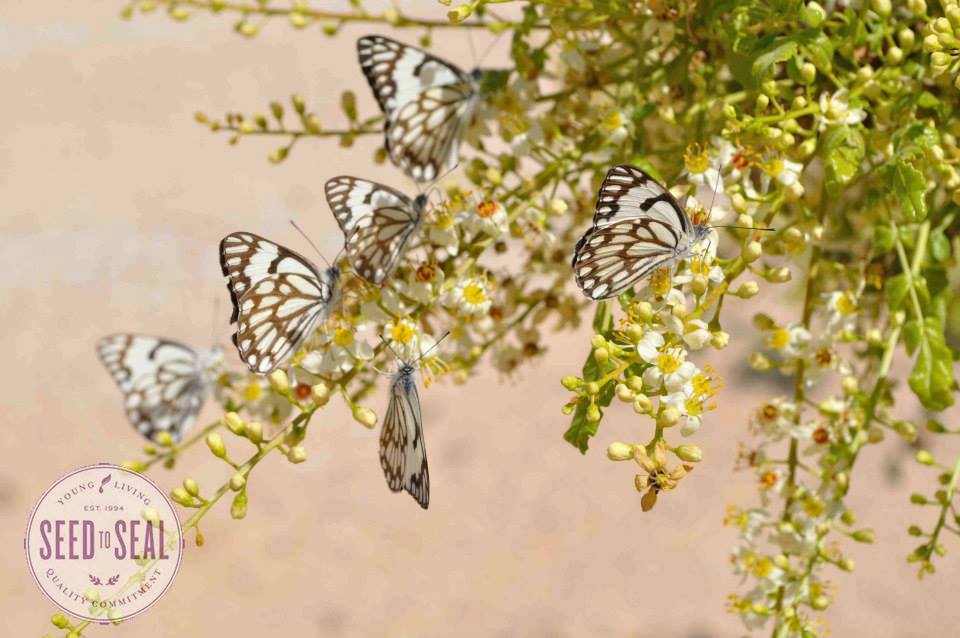
Butterflies on Frankincense Tree at World Frankincense Heritage Site. Image Source
World Frankincense Heritage Site
You’ll find this site 30-35km north of downtown Salalah on the road to Thumrait.
They currently have over 1500 Sacred Frankincense (Boswellia sacra) trees at this walk-where-you-please site.
The adjacent Wadi Dokah was along one of the ancient camel caravan trails to the north, so the area is well traveled.
This Heritage Site is a great place to photograph Sacred Frankincense trees. Look for flowers and seed pods on the trees. You’ll find butterflies, bees, flies, beetles, and ants that pollinate the tiny white-yellow flowers.
This is a great place to study Sacred Frankincense trees.
Source: Dr Cole Woolley PhD, February 4, 2015
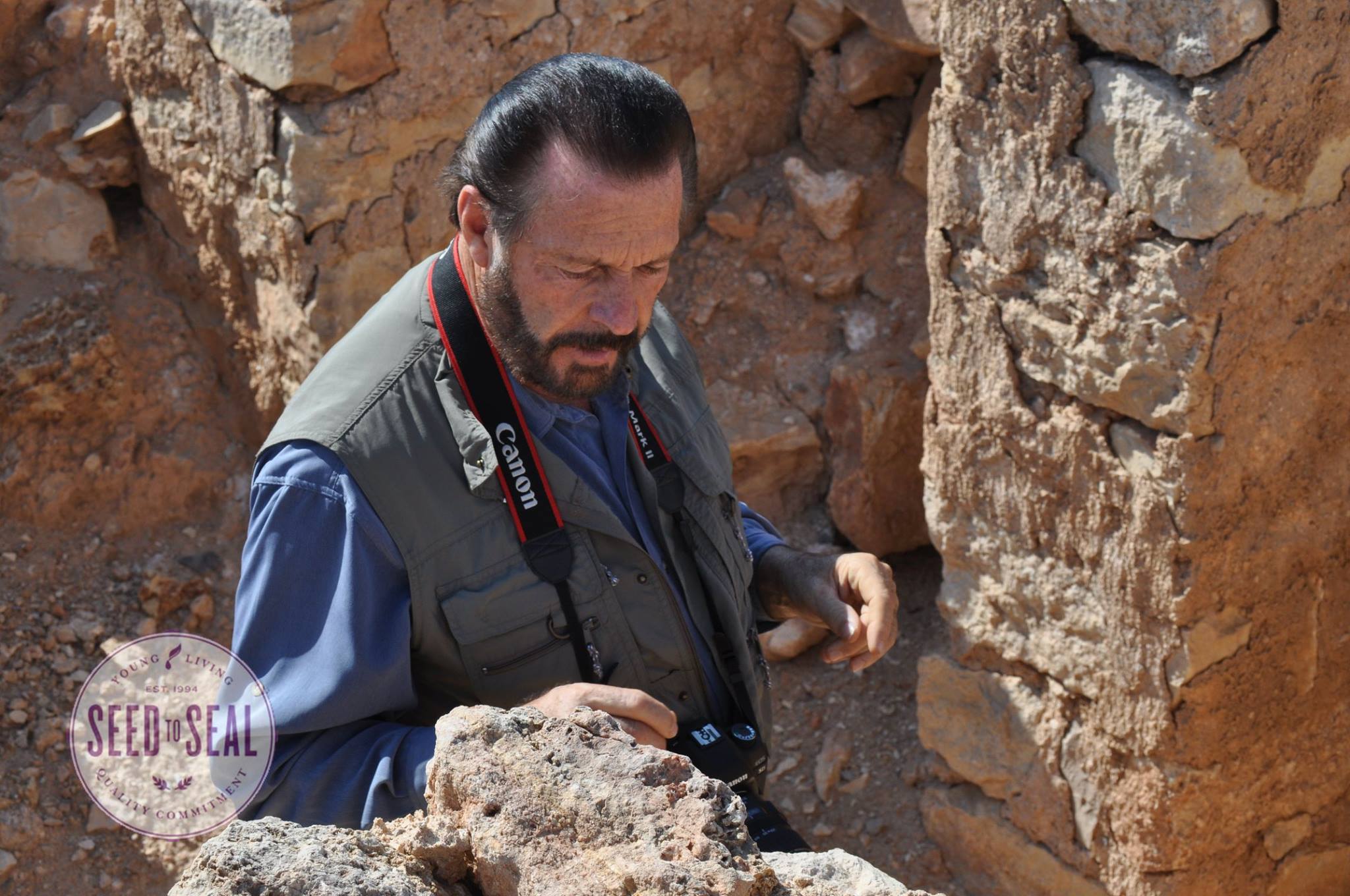
Gary Young tracing details of ancient frankincense trail at Sumharam, a World Heritage Site near Salalah. Image Source
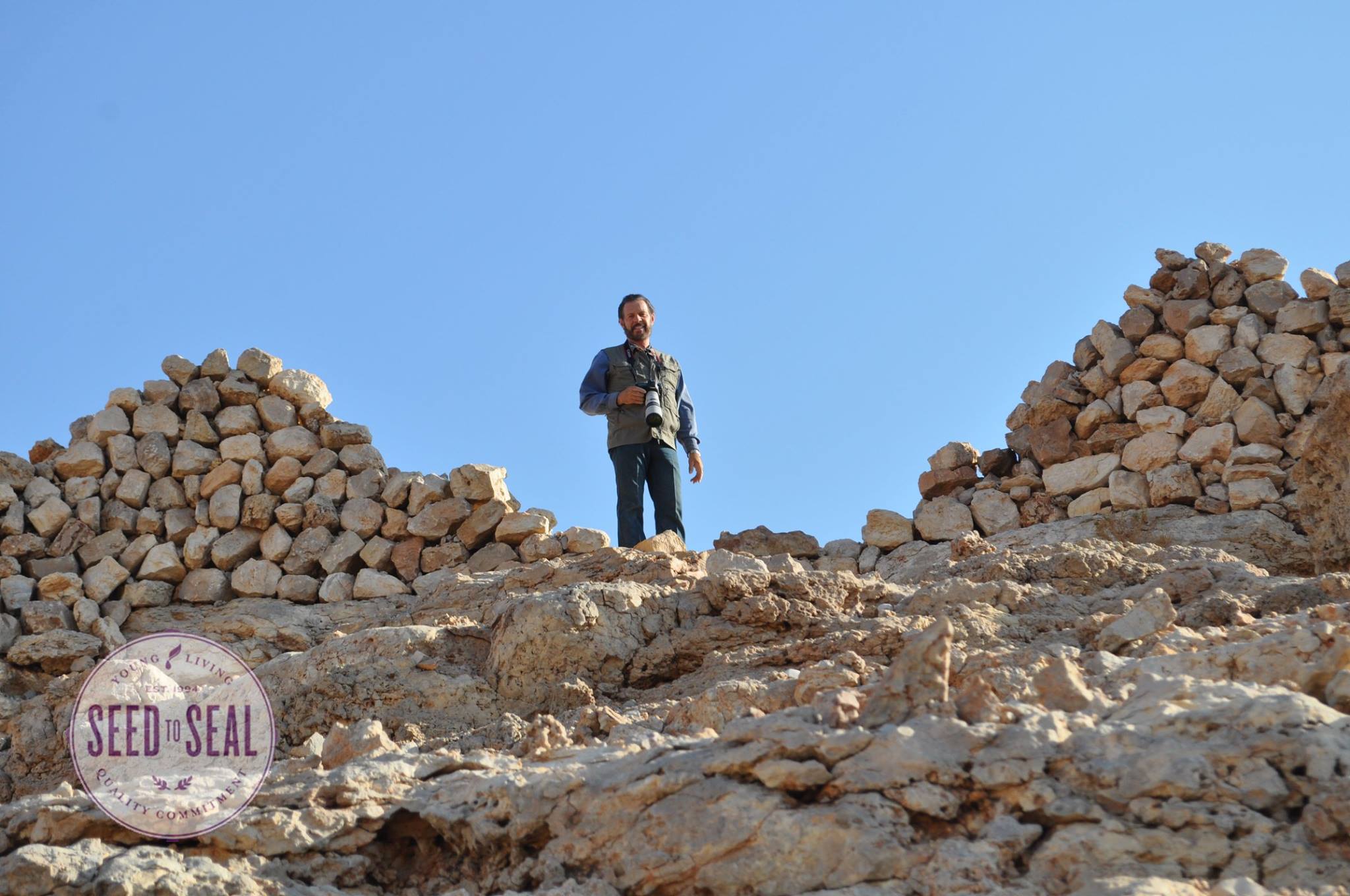
Gary Young surveys ruins at Sumharam. Image Source
Sumharam
This is a World Heritage Site east of Salalah about 40 minute drive. Sumharam is an ancient (600 BC to AD 200) frankincense port city that was set up by the kingdoms west of Salalah, the people of the Haudramut in present day Yemen.
This city may have been connected with the Queen of Sheba (Saba). This was a pre-Islamic port city where the people exported Sacred Frankincense from Oman to shipping ports to the east and west. This port city was significant in the Sacred Frankincense resin trade.
Visit the city’s large well. Walk on the ancient walks, stairs, gateways, doorways, frankincense storage areas, houses, city center, and religious centers. Excavation is on-going nearly every day at Sumharan, so you can see history being discovered every day.
On my trip in Jan 2015, the head archeologist showed me a molded brass piece about the size of a pinky finger that was unearthed that morning. The city is on a hill that overlooks the inlet bay. They have a couple of Omani ships down by the water. Camels and goats often roam the area to feed on the green grasses near the bay. Migrating birds of all types can be seen at the bay.
There is also a new Sumharan Museum that you can visit, see some unearth artifacts and watch a video in air-conditioned rooms. Most people will stay at Sumharan for 2-3 hours, so bring some water and snacks. Entry fee is only 2 Rials ($5) per car.
Source: Dr Cole Woolley PhD, February 9, 2015
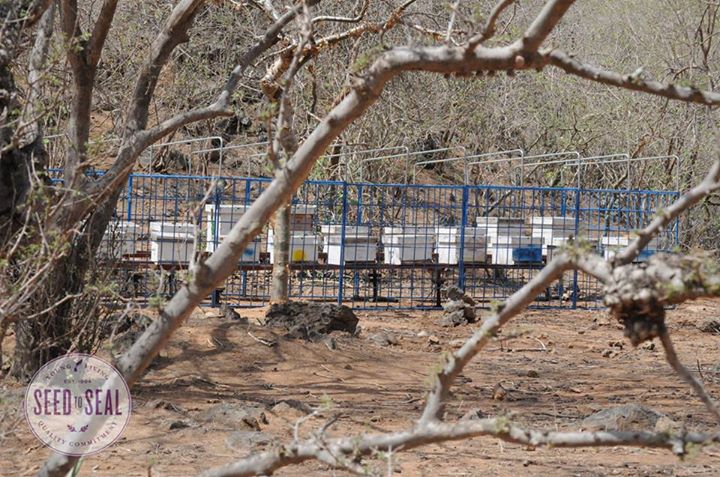 When you travel near the Omani frankincense trees you will likely encounter a fenced area of honey bee hives. The fences are to protect the hives from wild animals (and maybe tourists). The honey coming from these hives would be considered “frankincense honey”. Frankincense honey is darker than most honey, much more expensive, and has a unique, rich taste. It’s not common in stores, but you can find it in local shops and health stores.
When you travel near the Omani frankincense trees you will likely encounter a fenced area of honey bee hives. The fences are to protect the hives from wild animals (and maybe tourists). The honey coming from these hives would be considered “frankincense honey”. Frankincense honey is darker than most honey, much more expensive, and has a unique, rich taste. It’s not common in stores, but you can find it in local shops and health stores.
Source: Dr Cole Woolley PhD, August 7, 2015
Related Posts
